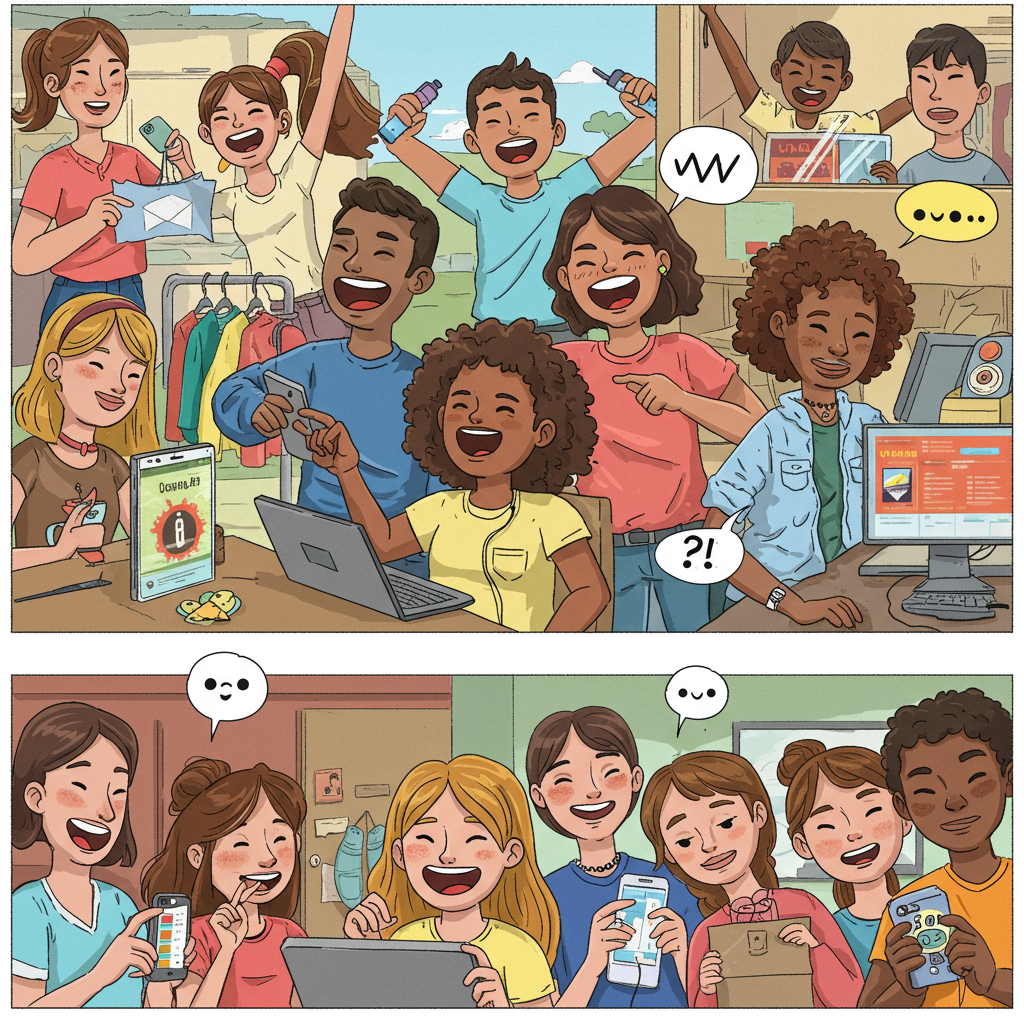Transforming One-Time Buyers into Lifelong Advocates for Your Brand
As a Shopify merchant, I know you’re constantly looking for ways to grow your business. While acquiring new customers is undeniably exciting, I’ve learned that true, sustainable growth often comes from nurturing the customers you already have.
This is where customer loyalty strategies come into play. For me, building loyalty isn’t just about repeat purchases; it’s about fostering a deep connection that turns one-time buyers into lifelong advocates for my brand.
In this article, I want to share some of the most effective customer loyalty strategies that I’ve implemented or seen successfully used by other Shopify store owners. My goal is to help you build a thriving community around your products.
First, let’s consider why loyalty is so crucial. I’ve found that retaining an existing customer is significantly cheaper than acquiring a new one. This directly impacts my marketing budget and overall profitability.
Loyal customers also tend to spend more over time. They trust my brand, are less price-sensitive, and are more likely to explore new products I introduce. They become my most valuable asset.
Furthermore, satisfied, loyal customers become powerful brand ambassadors. They share their positive experiences with friends and family, generating invaluable word-of-mouth marketing that I couldn’t buy.
So, how do we cultivate this loyalty on Shopify? One of the most straightforward methods I’ve explored is implementing a robust loyalty program. This is often the first thing people think of when discussing customer retention.
A points-based system is a classic example. I can reward customers with points for every purchase, which they can then redeem for discounts, free products, or exclusive access. Shopify apps make this incredibly easy to set up.
Beyond simple points, I also consider tiered loyalty programs. This involves creating different levels, like Silver, Gold, and Platinum, each offering progressively better rewards as customers spend more or engage more frequently.
VIP programs are another excellent way to make my best customers feel special. I might offer early access to new products, exclusive sales, or even personalized gifts to my top-tier loyalists.
Next, I heavily rely on personalized email marketing. It’s not just about sending promotional blasts; it’s about communicating thoughtfully and relevantly with my customer base.
I segment my email lists based on purchase history, browsing behavior, and demographics. This allows me to send highly targeted messages, like ‘We noticed you liked X, here are some related items!’
Exclusive offers for email subscribers are a must. I often send out special discounts or early access to sales just for my loyal email community, making them feel valued and part of an inner circle.
Exceptional customer service is, in my opinion, the bedrock of loyalty. If a customer has a problem, how I handle it can either solidify their loyalty or drive them away forever.
I strive for quick, empathetic, and effective resolutions to any issues. This means having clear return policies, responsive chat support, and a genuine desire to help.
Building a community around my brand has also proven incredibly effective. This could be through active social media engagement, a private Facebook group, or even a forum on my Shopify store.
I encourage user-generated content and actively respond to comments and messages. When customers feel heard and connected to the brand and each other, their loyalty deepens.
Personalization extends beyond email. On my Shopify store, I use apps to recommend products based on a customer’s past purchases or items they’ve viewed. This makes their shopping experience feel tailored just for them.
I also consider subscription models for suitable products. This creates recurring revenue and builds automatic loyalty, as customers receive products regularly without needing to re-order.
Referral programs are another powerful tool. I incentivize existing customers to bring in new ones by offering both the referrer and the new customer a discount or reward. It’s a win-win.
Post-purchase engagement is critical. I don’t just forget about customers after they’ve bought something. I follow up with thank-you emails, solicit reviews, and offer helpful tips related to their purchase.
Asking for reviews not only helps with social proof but also makes customers feel their opinion matters. I make it easy for them to leave feedback directly on my Shopify product pages.
Gamification elements can also boost engagement. Think about badges for reaching certain spending milestones, or fun challenges that unlock special rewards. It adds an element of play to the shopping experience.
To measure the success of these strategies, I closely monitor key performance indicators (KPIs) like customer lifetime value (CLTV), repeat purchase rate, and churn rate. Shopify analytics provides a good starting point.
Many Shopify apps, such as LoyaltyLion, Smile.io, or Stamped.io, can help automate and manage these loyalty initiatives, making it easier for me to implement sophisticated programs without extensive coding.
Ultimately, building customer loyalty on Shopify is an ongoing process. It requires consistent effort, a genuine commitment to customer satisfaction, and a willingness to adapt.
I believe that by focusing on these strategies, you can transform your Shopify store into a brand that customers not only buy from but truly love and advocate for.
What do you think about this article? I’d love to hear your thoughts and any loyalty strategies you’ve found successful in your own Shopify journey.
Remember, every loyal customer is a testament to the value you provide and the relationship you’ve built. Invest in them, and they will invest in you.






